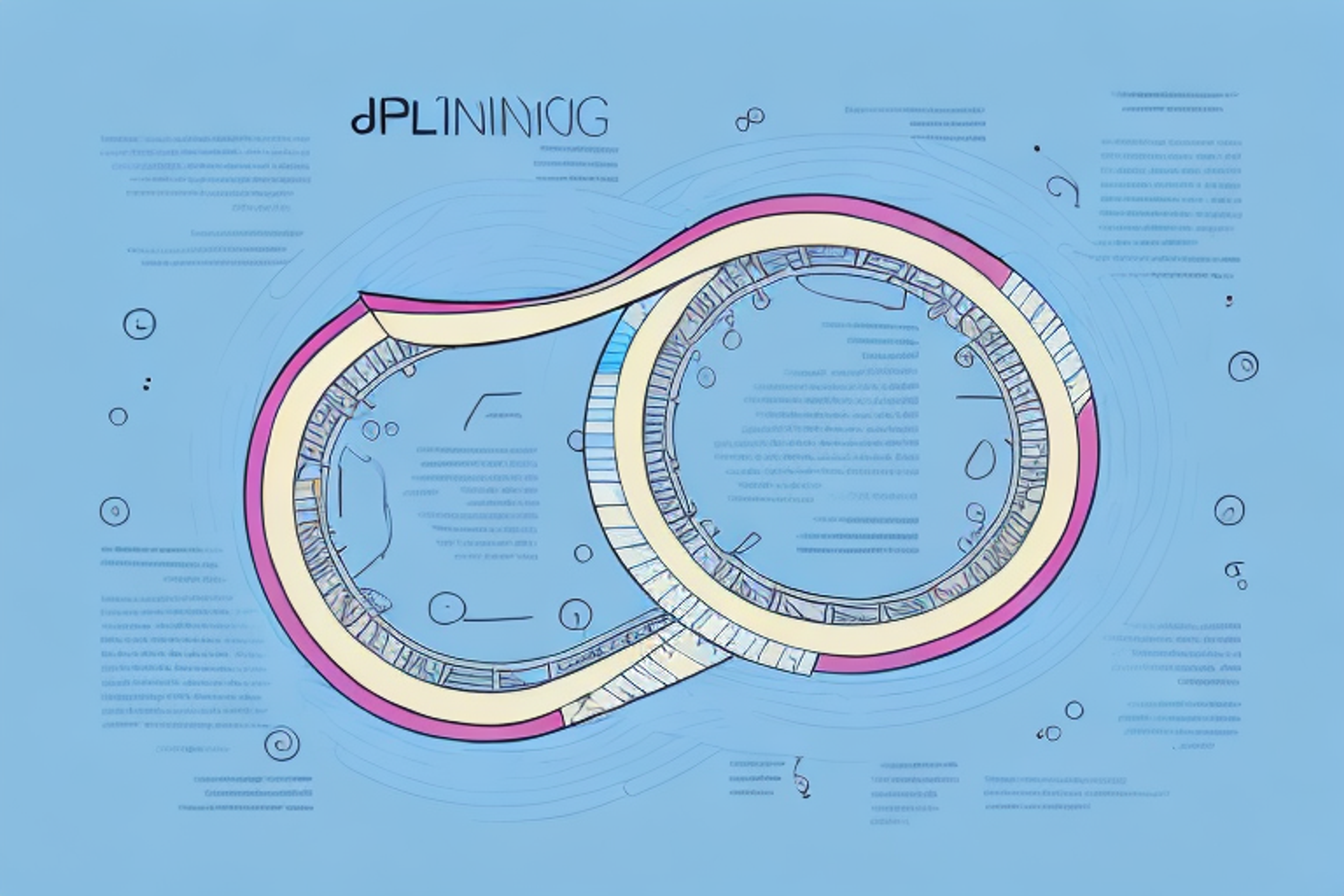MBA Frameworks: Key Tools for Business Analysis and Decision Making
Discover the essential MBA frameworks that can help you analyze complex business situations and make informed decisions.
Posted April 10, 2025

Table of Contents
Free Event

Featuring Mattijs B.
Crack the MBB Consulting Case
Starting Wednesday, April 16
4:30 PM UTC · 30 minutes

Featuring Mattijs B.
In today's fast-paced business landscape, companies need to make informed decisions quickly to stay ahead of the competition. To do so, they need reliable and proven frameworks that can help analyze and evaluate business situations accurately. This is where MBA frameworks play a vital role. In this article, we will discuss everything you need to know about MBA frameworks, their benefits, and how to implement them in your organization.
What are MBA Frameworks and Why They Matter for Business Analysis
MBA frameworks are sets of concepts and tools designed to evaluate business situations and make informed decisions quickly. These frameworks provide a systematic approach to analyze complex business problems and find solutions based on data-driven analysis. They are widely used in business schools and corporations to evaluate business situations, develop strategies, and execute plans effectively.
MBA frameworks matter for business analysis because they provide a structured way to diagnose business problems and make data-driven decisions. They help businesses avoid incorrect assumptions and biases, which can lead to wrong decisions and waste resources. By using MBA frameworks, businesses can develop a better understanding of their situation, explore different options, and select the best course of action.
One of the most popular MBA frameworks is the SWOT analysis, which stands for Strengths, Weaknesses, Opportunities, and Threats. This framework helps businesses identify their internal strengths and weaknesses, as well as external opportunities and threats, to develop a strategic plan that maximizes their strengths and minimizes their weaknesses. Another popular MBA framework is the Porter's Five Forces analysis, which helps businesses understand the competitive forces in their industry and develop strategies to stay ahead of their competitors.
Moreover, MBA frameworks are not only useful for large corporations but also for small businesses and startups. By using MBA frameworks, small businesses can identify their unique strengths and weaknesses, understand their market position, and develop strategies to grow and succeed. MBA frameworks can also help startups evaluate their business ideas, identify potential risks and opportunities, and develop a solid business plan to attract investors and customers.
Top 5 Most Popular MBA Frameworks for Decision Making
There are many MBA frameworks available for business analysis and decision making. However, some of the most popular ones are:
- SWOT Analysis
- PESTEL Analysis
- Boston Consulting Group (BCG) Matrix
- Porter's Five Forces Model
- McKinsey 7S Framework
Each of these frameworks is designed to evaluate specific aspects of a business situation, such as internal strengths and weaknesses, external opportunities and threats, market share, competitive landscape, and organizational structure. By using one or more of these frameworks, businesses can develop a holistic view of their situation and make informed decisions that align with their goals and objectives.
SWOT Analysis is a popular framework that helps businesses identify their internal strengths and weaknesses, as well as external opportunities and threats. This framework is often used during the strategic planning process to assess the current state of the business and determine areas for improvement.
Another popular framework is the McKinsey 7S Framework, which evaluates seven key elements of an organization: strategy, structure, systems, shared values, skills, staff, and style. By analyzing these elements, businesses can identify areas of misalignment and make changes to improve overall performance.
How to Choose the Right MBA Framework for Your Business Needs
The choice of MBA framework depends on your business needs and objectives. To choose the right one, you need to have a clear understanding of your situation, the challenges you face, and the outcomes you want to achieve. Once you know these, you can select the framework that best addresses your needs.
For example, if you want to analyze the competitive landscape and market share, Porter's Five Forces Model might be the right choice. On the other hand, if you want to evaluate your organization's structure and culture, McKinsey 7S Framework may be more appropriate. Therefore, it's essential to determine your priorities and select the MBA framework that aligns with your goals.
It's also important to consider the resources and expertise available within your organization. Some MBA frameworks require specialized knowledge and skills, which may not be readily available. In such cases, it may be necessary to invest in training or hire external consultants to implement the framework effectively. Additionally, the cost and time required to implement the framework should also be taken into account, as some frameworks may be more complex and time-consuming than others.
The Benefits of Using MBA Frameworks in Business Analysis
MBA frameworks offer several benefits for businesses that use them for analysis and decision making. Some of these benefits are:
- Better understanding of the business situation
- Data-driven decision making
- Improved communication and collaboration
- Structured problem-solving approach
- Higher success rate of implementing decisions
By using MBA frameworks, businesses can make informed decisions based on actual data, which reduces the risk of incorrect assumptions and biases. Additionally, the structured approach to problem-solving ensures that all aspects of the situation are evaluated. This can lead to better communication and collaboration among teams, which improves the success rate of implementing decisions.
Another benefit of using MBA frameworks is that they provide a common language and methodology for analyzing business situations. This can be particularly useful in large organizations where different departments may have different approaches to problem-solving. By using a standardized framework, everyone can be on the same page and work towards a common goal. Furthermore, MBA frameworks are often based on best practices and proven methodologies, which can help businesses avoid common pitfalls and make more effective decisions.
Real-life Examples of Effective MBA Framework Implementation in Companies
Many companies have successfully implemented MBA frameworks in their decision-making processes. For example:
- Amazon's use of the Customer Value Proposition Framework to develop new products that meet customers' needs and preferences.
- Procter & Gamble's use of the BCG Matrix to evaluate its product portfolio and invest in high-growth products.
- McDonald's use of the Porter's Five Forces Model to analyze the competitive landscape and develop strategies to stay ahead of the competition.
- Google's use of the OKR (Objectives and Key Results) Framework to set measurable goals and evaluate performance at all levels of the organization.
These companies have shown that using MBA frameworks can lead to better decision making and improved business performance.
Moreover, MBA frameworks can also help companies to identify and address potential risks and challenges. For instance, Coca-Cola used the SWOT (Strengths, Weaknesses, Opportunities, and Threats) Analysis Framework to evaluate its market position and identify potential threats to its business, such as changing consumer preferences and increasing competition. This allowed the company to develop strategies to mitigate these risks and maintain its market leadership position.
The Role of MBA Frameworks in Strategic Planning and Execution
MBA frameworks play a crucial role in strategic planning and execution. By using proven frameworks, businesses can develop effective strategies and execute them successfully. MBA frameworks help businesses align their goals, objectives, and resources, which leads to better decision making and improved outcomes.
Strategic planning and execution require a structured approach that evaluates all aspects of the situation. MBA frameworks provide this approach, which ensures that all aspects of the situation are evaluated, and the best course of action is selected. Therefore, using MBA frameworks in strategic planning and execution can lead to better outcomes and improved business performance.
One of the most commonly used MBA frameworks is the SWOT analysis, which stands for Strengths, Weaknesses, Opportunities, and Threats. This framework helps businesses identify their internal strengths and weaknesses, as well as external opportunities and threats. By analyzing these factors, businesses can develop strategies that leverage their strengths, address their weaknesses, capitalize on opportunities, and mitigate threats.
Using MBA Frameworks to Measure and Evaluate Business Performance
MBA frameworks can also be used to measure and evaluate business performance. By using frameworks, businesses can set measurable goals and evaluate their performance against these goals. This helps them identify areas of improvement and develop strategies to address them.
For example, the Balanced Scorecard Framework is a popular MBA framework used to measure and evaluate business performance. It measures performance in four areas: financial, customer, internal processes, and learning and growth. By using this framework, businesses can identify areas of improvement and develop strategies to address them, leading to improved performance.
Another popular MBA framework used to measure and evaluate business performance is the SWOT analysis. SWOT stands for Strengths, Weaknesses, Opportunities, and Threats. By conducting a SWOT analysis, businesses can identify their internal strengths and weaknesses, as well as external opportunities and threats. This information can then be used to develop strategies to capitalize on strengths, address weaknesses, take advantage of opportunities, and mitigate threats.
A Comprehensive Guide to Applying MBA Frameworks to Your Business
Applying MBA frameworks to your business requires a structured approach. To do so, you need to follow these steps:
- Identify your business needs and objectives
- Select the MBA framework that aligns with your needs
- Collect relevant data and information
- Analyze the data using the chosen framework
- Develop strategies and plans based on the analysis
- Implement the strategies and monitor performance
- Evaluate the outcomes and modify strategies as necessary
By following these steps, you can effectively apply MBA frameworks to your business and make informed decisions that align with your goals and objectives.
Common Mistakes to Avoid While Implementing MBA Frameworks in Decision Making
While using MBA frameworks can lead to better decision making, it's essential to avoid common mistakes that can derail the process. Some of these mistakes are:
- Using frameworks without clearly defining the problem
- Using incomplete or inaccurate data
- Ignoring qualitative factors such as culture and human behavior
- Not involving key stakeholders in the process
- Overreliance on a single framework
By avoiding these mistakes, businesses can effectively implement MBA frameworks and make informed decisions that lead to improved outcomes.
Conclusion
MBA frameworks are key tools for business analysis and decision making. They provide a structured approach to analyze complex business problems and make informed decisions based on data-driven analysis. By using MBA frameworks, businesses can develop a better understanding of their situation, explore different options, and select the best course of action that aligns with their goals and objectives. While implementing MBA frameworks, it's essential to avoid common mistakes and involve key stakeholders in the process. By doing so, businesses can effectively implement MBA frameworks and make informed decisions that lead to improved outcomes.


















